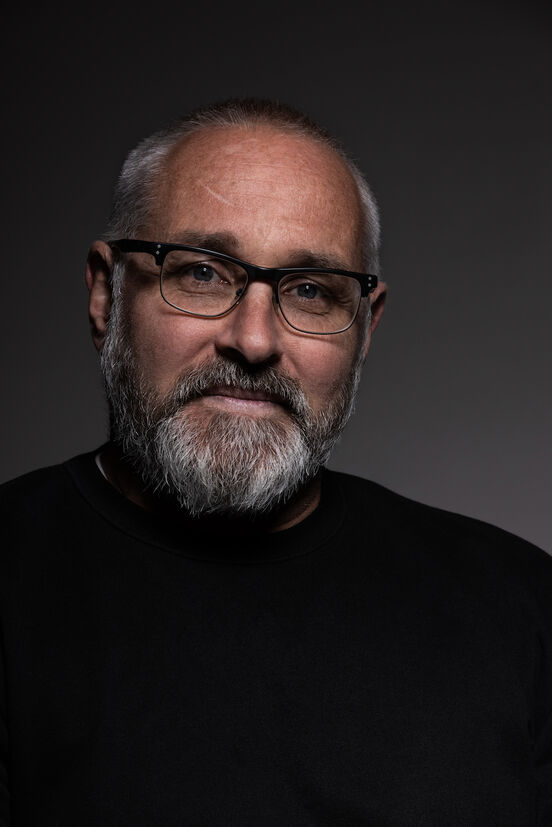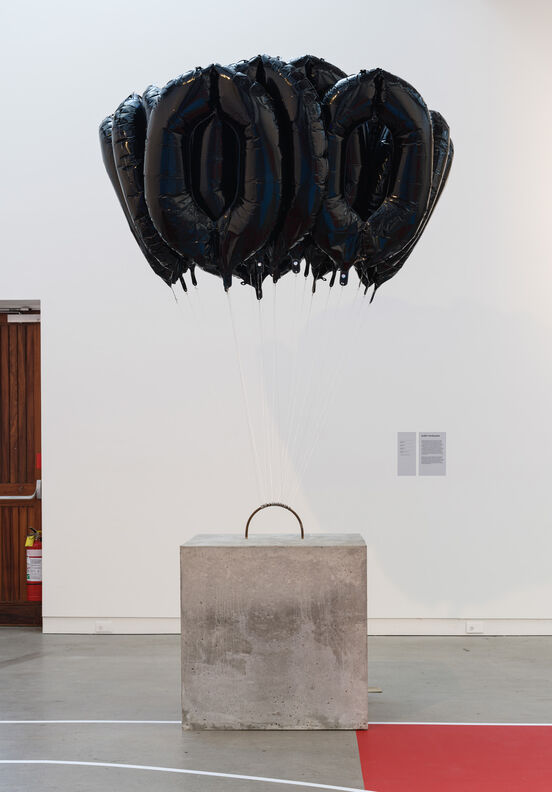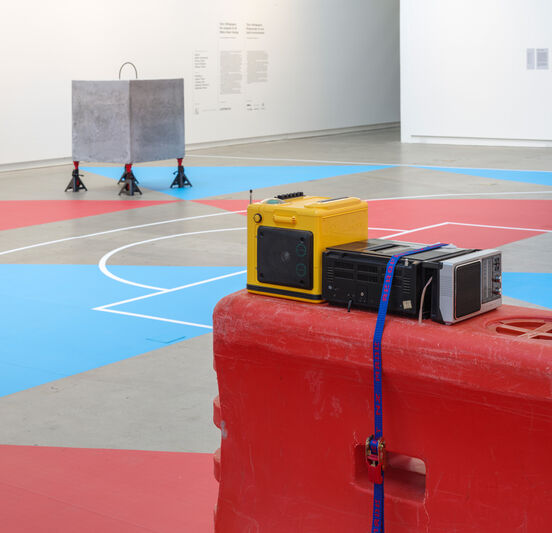Interview with Wayne Youle
Wayne Youle:
Kia ora koutou
Ko Pūtahi tōku maunga
Ko Māmari tōku waka
Ko Ngāpuhi tōku iwi
Ko Ngāti Whakaeke tōku hapū
Ko Te Kotahitanga tōku marae
Ko Jacqui tōku whaea
Ko Andrew tōku matua
Kei Waitaha tōku kāinga ināianei
Ko Wayne Youle tōku ingoa
I was born in Wellington; I trained as a designer which got me into this art-world thing; I whakapapa to the far north, to Ngāpuhi through my mum; and my father is European. And I find myself currently in North Canterbury. I came down here to do my master’s and I stayed originally for the cheap rent, and the empty spaces and the solitude. I’m a full-time artist and I have been for 21 years.
Objectspace: The exhibition was catalysed by the idea of hostile architecture. This provocation suggests that our experience of the built environment and place can be fraught – in a state of tension that prioritises some people’s needs over others’, and at odds with the natural world. What experiences do you have of hostile architecture in your daily life?
WY: I have no daily interaction with public transport, nor do I work in a city, or an office! My whare is 115 years old, my workshop is a large woolshed and my studio is as close to a wooden box with a white wall as I could build. When I think about it, the most brutal and hostile thing I live around is the barbed wire that sits on the top of the fences on my 15 acres, and that’s there so the stock don’t get into the orchard.
It’s not invisible to me, though – I have seen examples in Aotearoa, Sydney, Berlin and Chicago. All different iterations and applications yet all with the same end goal – to move people on with as little fuss and knowledge to the affected person as possible. Until you’re involved in it you might not even be aware it’s happening.
When I think of a geography or a world experience, it is with some trepidation that I go back to the earthquakes experienced in Ōtautahi in 2010 and 2011 and the 2016 Kaikōura event also. These are landscapes I lived and worked in, landscapes that change dramatically and are in many cases still evolving. The last thing in the world I want to do is make ‘quake-work’ but if I am to think about space/s and time/s and real-world examples, these are what move me to make work.
OS: Tell us more about your work for Toro Whakaara.
WY: When the rebuilding of the city started, concrete blocks, concrete barriers, shipping containers and road cones were the architectural add-ons most visible, to the point of eventual invisibility. I’m interested in the tension in the role of these barriers – is it to keep us safe, or to protect whatever is on the other side?
I keep returning to these utilitarian concrete barriers. My starting point with these objects is to make a suite of floor-placed sculptures. Each however will have a softening element to them, an embellishment of sorts, one that brings ‘optimism’ or ‘kindness’. I’m using other interventions that can be part of hostile design, like light and sound. The blue light in bathrooms is one I have experienced before in multiple locations, which is used to prevent intravenous drug use (a good addition in my humble opinion). Light and sound will feature somewhere in the works. I wrote down a bunch of words when I first started the process that will guide the pieces, words like invitation, stealth, precarious, hard, protection, exclusion, avoidance, allure, cold, balance, desperation, cloak, plain sight, fancy dress.
I want to achieve a consistency in materiality across the work – a group of sculptures that have a material resemblance to each other, with their own identity, themes and quirks.
OS: The exhibition captures fragments of the built environment and land use that often go unseen – perhaps because they are so much a part of our everyday experiences. I’m thinking about Edith Amituanai’s documentation of activity that occurs on the footpaths and sidewalks of Rānui, and your own deployment of the concrete bollards.
WY: Driving from Waipara to Picton often, I would without realising it engage with the rebuilding project that is happening on the coastal road. I found this aerial view of that road, and I saw for the first time how it snaked around redirecting traffic, to move people away from these huge moments of disruption on the land after the earthquakes.
It was a moment of realisation that you don’t necessarily see the ways you’re being moved through a city or place. And these forms, like the blocks and barriers, are designed to not really catch our eye. They’re immovable but also ephemeral. My interventions with the blocks are playful, even a little bit dumb – balloons, blue light, sound. All of them drawing attention to what Felicity Milburn describes as ‘A whole lot of nothing to see here’. I really like that.
This text is republished from Toro Whakaara: Responses to our built environment, a publication produced by Objectspace to accompany an exhibition of the same name. The publication is edited by Tessa Forde, and copy-edited by Anna Hodge.

Portrait of Wayne Youle

Wayne Youle, OPTIMISM, 2021. Installation view at CoCA Toi Moroki, Ōtautahi Christchurch.

Installation view of Wayne Youle's project Here Today, Gone Tomorrow and Back Again the Day After That, 2021, at CoCA Toi Moroki, Ōtautahi Christchurch, exhibiting as part of Toro Whakaara: Responses to our built environment presented by Architectus.